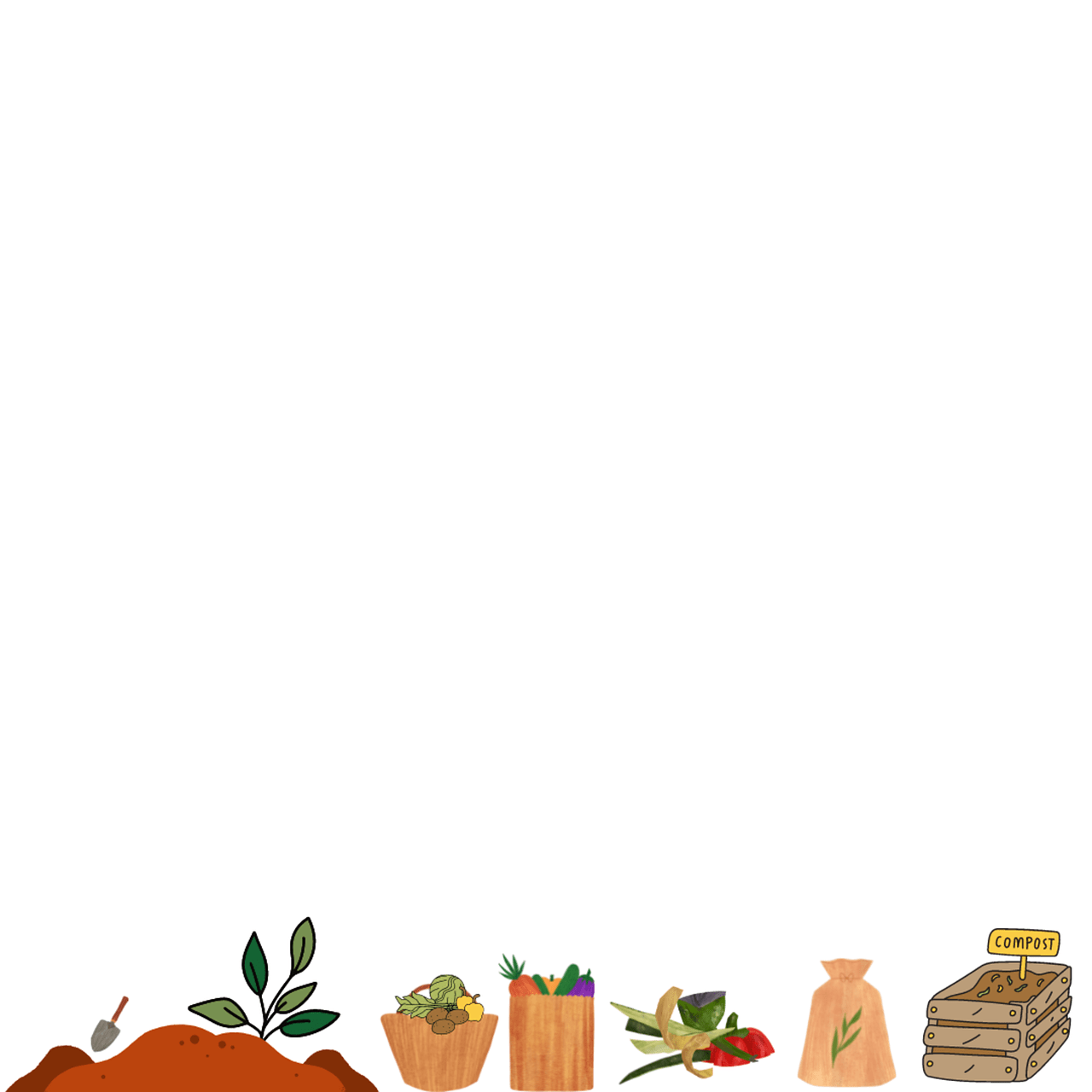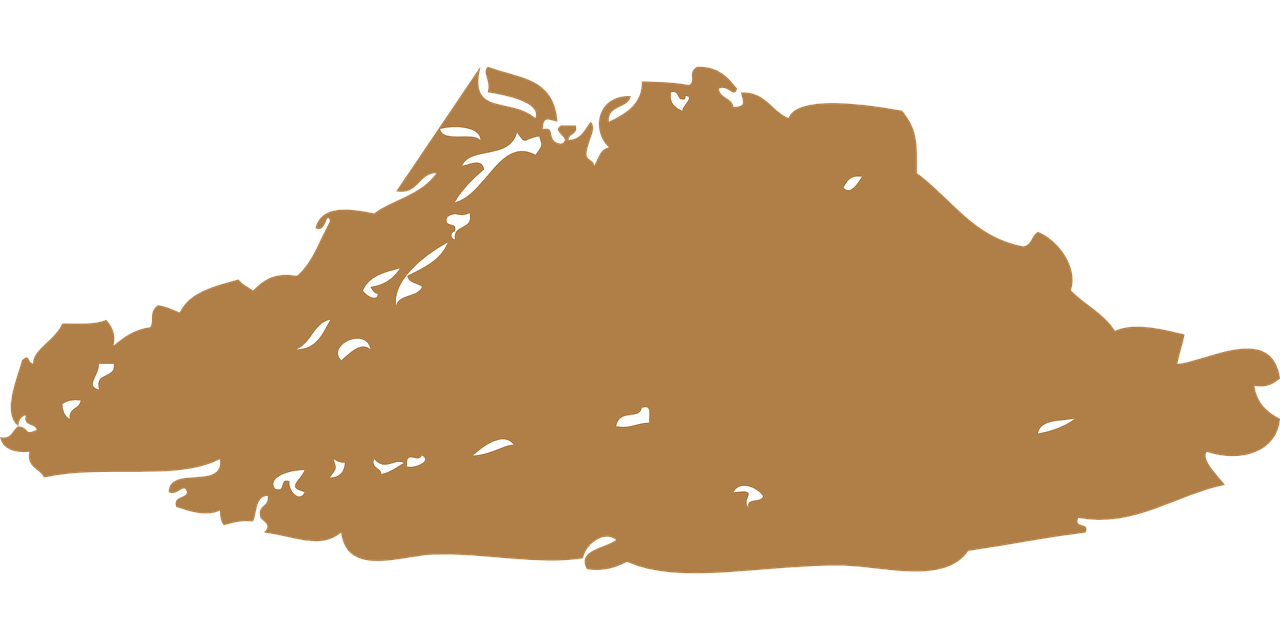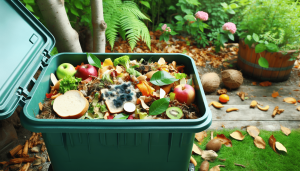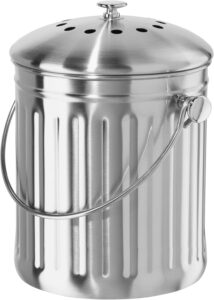Hey there! Today, we’re diving into a topic that many eco-conscious pet owners have probably pondered: “Can I Compost Pet Hair?” In our quest to live more sustainably, we often look for ways to minimize waste and enrich our gardens. So, let’s explore together whether the fur our furry friends leave behind can be a useful addition to our compost piles.
In this article, we’ll cover the ins and outs of composting pet hair, including its benefits, how to properly compost it, and any potential concerns to be aware of. By the end, we’ll be equipped with the knowledge to turn pet grooming sessions into a greener practice, benefiting both our gardens and the environment. Let’s get started! Have you ever wondered, “Can I compost pet hair?” If you’re like us, managing a household with furry friends, you might find yourself clearing out tumbleweeds of pet hair daily. Rather than tossing it into the trash, why not consider composting it? Composting pet hair can be a fantastic way to reduce waste and create nutrient-rich soil for our gardens. Let’s dive into the ins and outs of composting pet hair and explore how it can benefit both our homes and the environment.

What Is Composting?
Composting is a natural process that transforms organic waste into valuable, nutrient-filled material that improves soil health. By composting, we engage in an environmentally friendly method of recycling organic matter, turning our kitchen scraps, yard waste, and yes, even pet hair, into fertilizer.
How Does Composting Work?
Composting works by breaking down organic materials through the activity of microorganisms, insects, and decomposers. These organisms, including bacteria and fungi, break down the waste into simpler compounds, resulting in rich, dark humus. Composting requires the right balance of carbon-rich materials (“browns”) and nitrogen-rich materials (“greens”).
What Can We Compost?
We generally compost kitchen scraps from fruits and vegetables, coffee grounds, eggshells, yard clippings, leaves, and even paper products. Pet hair, surprisingly, can also be a part of this composting mix. Integrating our pet’s hair into our compost pile can significantly reduce landfill waste and provide a beneficial material for our garden.
Why Compost Pet Hair?
We should consider several compelling reasons to compost pet hair rather than throw it away.
Reducing Landfill Waste
Pet hair can take up significant space in landfills, contributing to the production of methane, a potent greenhouse gas. By composting pet hair, we help shrink our household waste footprint.
Adding Nutrients To The Soil
Pet hair is rich in nitrogen, an essential element for plant growth. Including pet hair in our compost piles ensures our gardens benefit from slow-releasing nitrogen that supports robust plant development.
Improving Soil Structure
Over time, the organic matter from composted pet hair improves soil texture and structure. It helps soil retain moisture and encourages beneficial microbial activity, thus enriching the soil health of our gardens.
Can All Types Of Pet Hair Be Composted?
Before we rush to add pet hair to our compost piles, let’s consider whether all types of pet hair are suitable for composting.
Types of Pet Hair
The pet hair we encounter can vary—coarse dog fur, fine cat hair, or even the occasional bird feathers from our avian companions. Generally, animal hair from household pets can be added to compost without much issue.
Considerations For Exotic Pets
More exotic pets might have feathering or skin that we’re unsure about composting. Always research specific composting guidelines for unusual pets to ensure we handle the waste appropriately.
Cleaning Products and Chemicals
It’s essential to consider what our pets have been exposed to. If chemicals or pest control treatments are present on their coats, this could potentially harm our compost pile. Let’s aim to compost hair from pets that have not recently been treated with flea or tick medications.
How To Compost Pet Hair Correctly
Successfully composting pet hair involves understanding the balance and process. Let’s break down the best approach.
Balancing The Greens And Browns
For any compost to decompose efficiently, it needs an appropriate balance of “greens” (nitrogen-rich materials) and “browns” (carbon-rich materials). Pet hair is classified as a green ingredient. Ensuring a healthy mix of greens and browns keeps our compost pile aerated and healthy.
| Compost Material | Green/Brown | Examples |
|---|---|---|
| Pet Hair | Green | Dog fur, cat hair |
| Fruits/Vegetables | Green | Banana peels, carrot tops |
| Coffee Grounds | Green | Used coffee grounds |
| Grass Clippings | Green | Freshly cut grass |
| Leaves | Brown | Fallen autumn leaves |
| Paper | Brown | Untreated paper, cardboard |
| Straw/Hay | Brown | Straw, old hay |
Proper Shredding and Mixing
To aid decomposition, pet hair should be spread evenly and mixed well with other compost materials. It’s helpful to cut long pieces of hair into shorter fragments as this accelerates degradation.
Maintaining Moisture Levels
Maintaining adequate moisture in our compost pile is crucial. The pile should be as damp as a wrung-out sponge. Too wet, and it becomes slimy; too dry, and decomposition slows down. Adding pet hair requires us to monitor moisture levels and adjust by adding water or dry materials accordingly.
Aeration Is Key
Aeration is vital for a healthy compost pile. By turning our compost regularly, we ensure that oxygen reaches all materials, speeding up the decomposition process. Pet hair, being fine and prone to matting, can sometimes hinder airflow, so it’s particularly important to turn the pile frequently.

Common Myths Around Composting Pet Hair
Several myths might deter us from composting pet hair. Let’s debunk a few.
Myth 1: Pet Hair Decomposes Too Slowly
While pet hair does decompose slower than some materials, regular turning and proper mixing can significantly speed up this process. By making sure pet hair is blended with other compost ingredients, we can achieve a balanced, efficient breakdown.
Myth 2: Pet Hair Will Smell
Properly maintained compost piles should not smell. Odors usually result from too much green material and not enough browns. By ensuring a balanced compost mix, unpleasant smells are avoidable.
Myth 3: Pet Hair Attracts Rodents
Rodents are usually drawn to food scraps rather than hair. By keeping meat, dairy, and oily foods out of our compost, we lessen the likelihood of attracting unwanted pests. Pet hair alone is unlikely to be a concern.
Benefits of Composting Pet Hair
Besides reducing landfill waste, here are more reasons why adding pet hair to our compost is beneficial.
Sustainable Gardening Practices
Using compost enriched with pet hair fosters sustainable gardening. It supports soil health and reduces our dependency on chemical fertilizers, making our gardens more eco-friendly.
Reducing Our Carbon Footprint
By composting pet hair, we contribute to minimizing our carbon footprint. Methane production from decomposing organic waste in landfills is a significant environmental concern. Composting at home curbs methane emissions.
Cost Savings
Using homemade compost reduces the need to purchase commercial fertilizers and soil conditioners, saving us money while enriching our garden spaces naturally.

Practical Tips for Composting Pet Hair
To get the most out of composting pet hair, follow these practical tips for successful composting.
Tip 1: Combine Hair With Other Greens
Mix pet hair with other nitrogen-rich materials like food scraps and grass clippings. This blend ensures a balanced and efficient compost pile.
Tip 2: Keep It Turned and Aerated
Regularly turning the pile is crucial to decomposing pet hair effectively. Ensure even mixing and prevent matting by frequently aerating the compost.
Tip 3: Monitor The Pile’s Moisture
Check the moisture levels regularly. Adding water when needed and using dry materials like leaves or straw helps maintain an ideal moisture balance.
Tip 4: Shred Long Hair
Cut long pieces of pet hair into smaller segments. Shredding the hair speeds up decomposition and prevents clumping.
Potential Challenges and Solutions
Composting pet hair may present some challenges, but they can be managed with a few simple strategies.
Challenge 1: Hair Clumps and Mats
Pet hair can clump, slowing down decomposition. Solution: Shred and spread hair thinly, mixing thoroughly with other compost materials.
Challenge 2: Overly Wet or Dry Pile
Too much moisture can cause the pile to smell bad, while too little can halt decomposition. Solution: Balance moisture by adding dry browns or water as needed.
Challenge 3: Pests and Rodents
If not managed correctly, organic compost piles can attract pests. Solution: Avoid adding meat and dairy, and continually mix the compost to deter rodents.

Environmental Impact
Understanding the environmental impact of composting pet hair encourages us to maintain sustainable practices in our homes.
Reducing Landfill Burden
Each pound of organic matter we remove from the garbage and convert into compost reduces methane emissions from landfills.
Enhancing Soil Health
Healthy soil leads to healthy plants. Compost enriched with pet hair supports microbial activity, leading to more productive gardens.
Encouraging Biodiversity
By managing compost properly, we create an environment where beneficial organisms can thrive, encouraging biodiversity both above and below the ground.
FAQs About Composting Pet Hair
We know questions still linger, so let’s tackle some common FAQs about composting pet hair.
Can All Pet Hair Be Composted?
Yes, as long as it’s free from harmful chemicals, most pet hair can be composted. This includes hair from dogs, cats, and other common household pets.
How Long Does It Take Pet Hair To Decompose?
Pet hair can take several months to a year to fully decompose, depending on how well the compost pile is maintained.
Does Pet Hair Add Nutrients To The Compost?
Yes, pet hair adds valuable nitrogen to the compost, which is beneficial for plant growth.
Should I Avoid Composting Pet Hair From Pets With Flea Treatments?
Yes, avoid adding hair from pets immediately treated with flea or tick medications as it might contain residues that can be harmful to the compost pile.
What’s The Best Way To Mix Pet Hair Into Compost?
Chop long strands of hair and mix pet hair with other greens and browns for balanced decomposition. Regularly turn the pile to prevent matting.

Conclusion
Incorporating pet hair into our compost is an environmentally beneficial practice that enriches our soil and helps reduce household waste. By balancing our compost pile, turning it regularly, and managing moisture levels, we can successfully transform pet hair into a valuable resource for our gardens. Composting pet hair is not only feasible but also a sustainable step toward greener living. So, next time we groom our pets, let’s remember that those clumps of fur can find a helpful new home in our compost bins rather than our trash cans. Happy composting!



